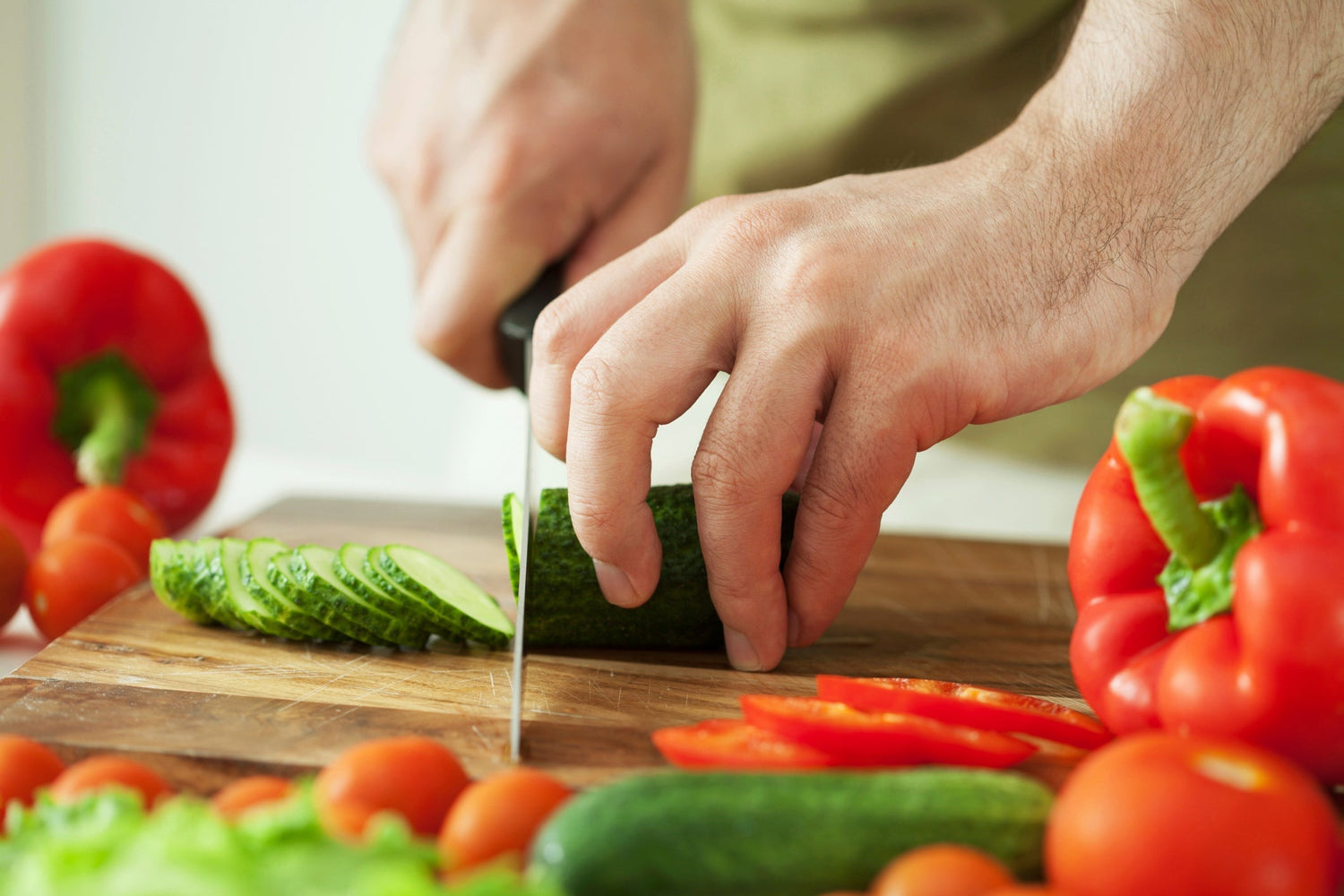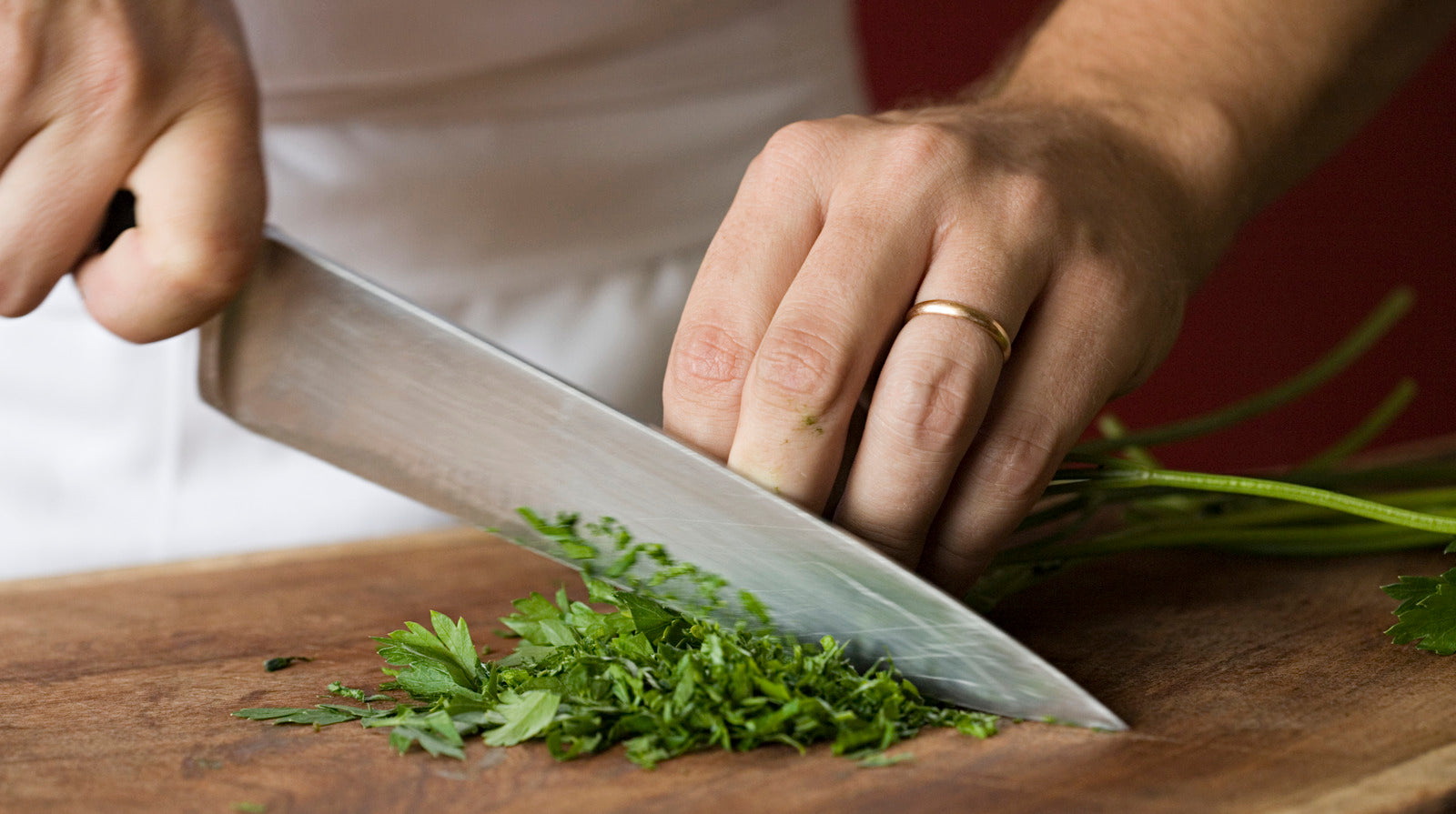If youve ever wondered, why do you oil a cutting board?, youre not alone. As a kitchen professional, you understand that your tools are the heart of your craft, and among them, the cutting board is an essential workhorse. But why oiling it is crucial and how it impacts your board's performance may still be a mystery. Lets dive deep into the why behind this vital maintenance step and how to ensure your cutting boards last for years.

The Science Behind Oiling a Cutting Board
Oiling your cutting board isnt just a cosmetic chore its a scientific necessity. Wooden cutting boards, by nature, are porous. This means they absorb water and other liquids, which, over time, can cause warping, cracking, or even harbor bacterial growth. A food-safe, mineral-based oil fills these microscopic pores, creating a hydrophobic barrier that repels water and helps to prevent moisture-related damage.
Additionally, consistent oiling enhances the boards durability. A well-oiled board becomes less prone to splitting and retains its smooth texture, making it not only a functional kitchen tool but also a visually appealing one.
What Happens If You Skip Oiling Your Board?
If you neglect regular oiling, your beloved wooden cutting board may become brittle, developing cracks where moisture, bacteria, and even mold can reside. Over time, these imperfections compromise not only the boards functionality but also its hygiene. Using a poorly maintained board could expose your kitchen to cross-contamination risks. For more insights on maintaining kitchen hygiene, check out this guide on chopping board hygiene.
Even with a regular cleaning routine, skipping oiling means the wood will continue to soak up water during daily use. This creates the perfect conditions for bacteria to thrive. Kitchen professionals who understand the importance of sanitation can refer to this helpful resource on cleaning cutting boards.
Choosing the Right Oil for Your Cutting Boards
Not all oils are created equal, and kitchen professionals need to be cautious when selecting what to use. Food-grade mineral oil is considered the industry standard because it is odorless, tasteless, and non-toxic. Unlike vegetable-based oils, mineral oil wont go rancid over time. You can level up your maintenance game by occasionally using beeswax or a butcher block conditioner, which often contains a mix of beeswax and mineral oil for added protection.
Looking to seal your cutting board further? Find out how to seal a wooden board for maximum longevity.
FrequencyHow Often Should You Oil Your Cutting Board?
While theres no universal rule, weekly oiling is recommended for new boards. Once the board is well-seasoned, consider applying oil every month or whenever the surface appears dry or feels rough. Kitchen professionals who frequently use their boards for high-intensity tasks, such as chopping raw meat, may need to oil even more frequently to maintain the boards moisture retention qualities.
How to Properly Oil a Cutting Board
The technique of oiling isnt complicated, but attention to detail ensures the best results:
- Start with a clean, thoroughly dried board. Any remaining water can prevent the oil from soaking in effectively.
- Apply a generous amount of food-safe oil across the board's surface.
- Use a soft cloth or your hands to work the oil into the pores, making sure to coat both sides and the edges.
- Let the oil sit for at least 20 minutes or up to overnight for maximum absorption.
- Wipe away any excess oil with a clean cloth before use.
Wondering how long it takes for the oil to dry completely? Check out this quick resource on drying times for cutting board oil.
When to Replace Your Cutting Board
Even with meticulous care, cutting boards have a lifespan. Visible cracks, persistent warping, or irreparable stains are signs that it might be time to upgrade your board. For a fresh new project, why not learn how to create a checkerboard cutting board or explore similar DIY options?

FAQ Section
Is it OK to use olive oil for oiling cutting boards?
While some might think olive oil is a good choice, it's not ideal as it can go rancid over time. Stick to food-grade mineral oil for the best results.
Can you over-oil a cutting board?
Its unlikely to harm the board, but excess oil might leave a sticky residue. Make sure to wipe off any surplus after completing the process.
Why does my board still look dry after oiling?
Your board might need several rounds of oiling, especially if its new or hadnt been oiled in a long time. Repeat the process until the board no longer absorbs the oil.
Maintaining your cutting board is more than a necessityits a sign of respect for your craft. Whether in a professional kitchen or your home, an oiled cutting board is a reliable partner in culinary creativity.
This article contains affiliate links. We may earn a commission at no extra cost to you.






Leave a comment
This site is protected by hCaptcha and the hCaptcha Privacy Policy and Terms of Service apply.